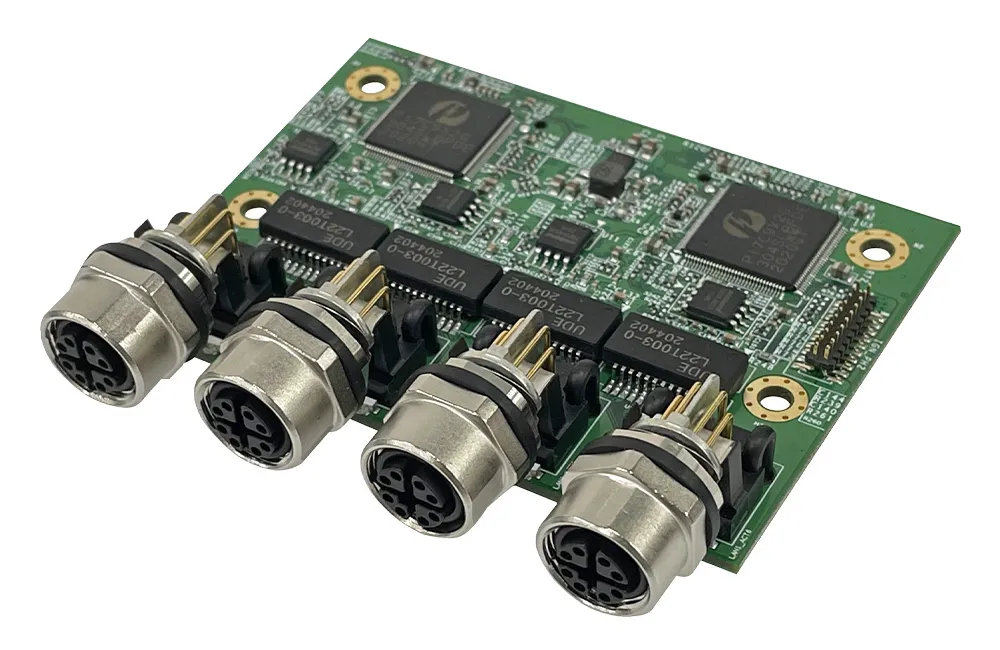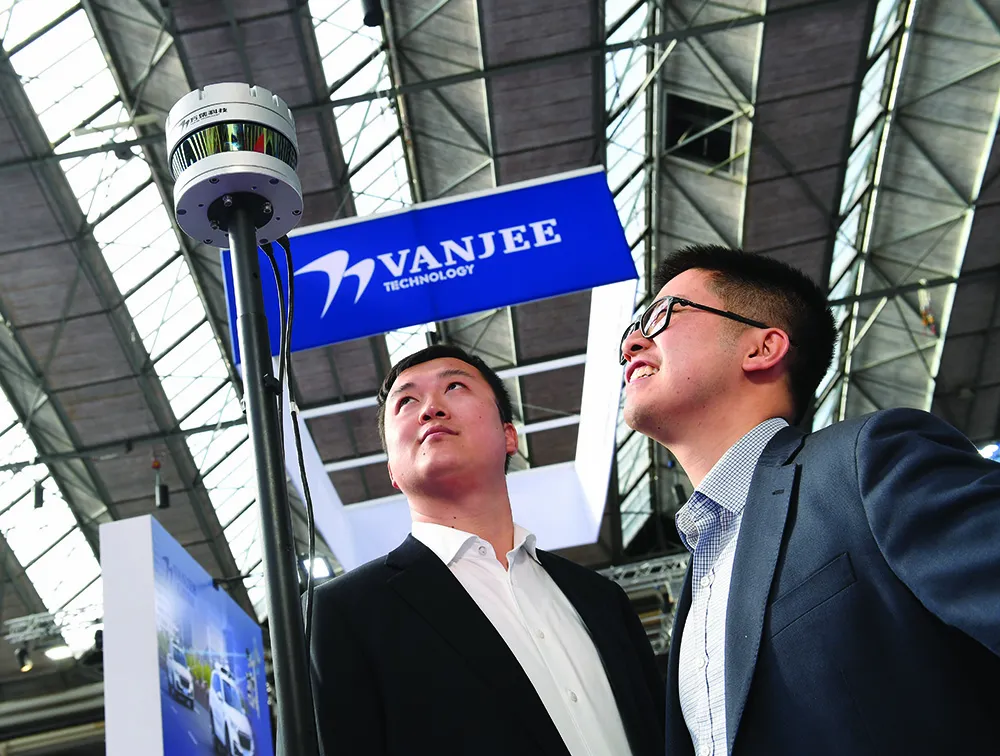ComNet Europe is introducing the CopperLine product line to bring to market its expanded Ethernet over existing copper media transmission product offering which includes multiple-channel Ethernet extenders, un-managed Ethernet switches and PoE mid-span power injectors.
January 31, 2012
Read time: 1 min

According to ComNet Europe managing director Steve Clarke: "CopperLine will consist of one, four, eight and 16 channel models that use coaxial cable or twisted pair. The higher port count models solve density challenges, allowing up to 16 channels to be supported in a single RU high rack-mount chassis.
CopperLine will also offer a unique un-managed switch that allows four ports of 10/100TX Ethernet to be transported for extended distance over a single coaxial cable or UTP."










